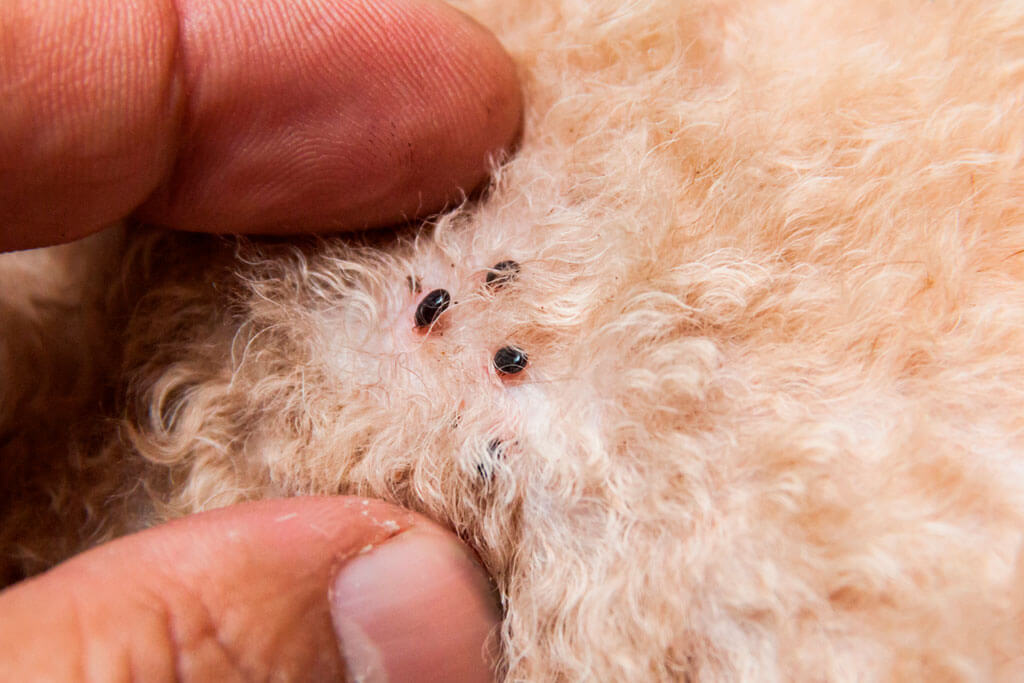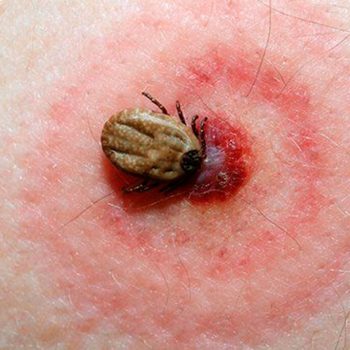
Despite the prevalence of human encounters with ticks, most people don’t really know very much about where ticks typically reside or how they come into contact with humans, pets, and other prey.
Knowing some basic information—about the kinds of environments in which ticks live, when they’re active, and what they typically hunt for and how they attach to hosts—can help you determine how best to limit your exposure to ticks and avoid encounters when you venture out into common tick territories.
Tick habitat could be right outside your door
Generally, tick populations tend to be higher in elevation, in wooded and grassy areas where the creatures they feed on live and roam, including deer, rabbits, birds, lizards, squirrels, mice, and other rodents. However, they can also be found in urban areas as well as on beaches in coastal areas. They also like moist and humid environments, which tend to be closer to the ground—such as among logs, fallen branches, tall brush, and grassy areas. Ticks in the early lifecycle stages—larvae and nymphs—are often found in piles of decomposing leaves under trees.
Not only do these inviting conditions exist in remote wilderness they can be found in parks, fields, picnic areas, and residential areas including your backyard. The following are a few common areas to keep a close eye out for ticks:
Wood piles, which can often harbor mice and other rodents
High grassy areas
Wooded areas
Stone walls and other features that may retain moisture
Leaf piles and litter
Fallen and low-hanging branches
Overgrown shrubs
Bird feeders (because they can invite other tick-attracting wildlife)
Without professional help, it is
very difficult to control and/or eliminate ticks and fleas from your home.


7750 N MacArthur Blvd Suite 120359 Irving, TX 75063
8745 Gary Burns Dr Suite 160-147 Frisco, TX 75034

| Cookie | Duration | Description |
|---|---|---|
| cookielawinfo-checbox-analytics | 11 months | This cookie is set by GDPR Cookie Consent plugin. The cookie is used to store the user consent for the cookies in the category "Analytics". |
| cookielawinfo-checbox-functional | 11 months | The cookie is set by GDPR cookie consent to record the user consent for the cookies in the category "Functional". |
| cookielawinfo-checbox-others | 11 months | This cookie is set by GDPR Cookie Consent plugin. The cookie is used to store the user consent for the cookies in the category "Other. |
| cookielawinfo-checkbox-necessary | 11 months | This cookie is set by GDPR Cookie Consent plugin. The cookies is used to store the user consent for the cookies in the category "Necessary". |
| cookielawinfo-checkbox-performance | 11 months | This cookie is set by GDPR Cookie Consent plugin. The cookie is used to store the user consent for the cookies in the category "Performance". |
| viewed_cookie_policy | 11 months | The cookie is set by the GDPR Cookie Consent plugin and is used to store whether or not user has consented to the use of cookies. It does not store any personal data. |